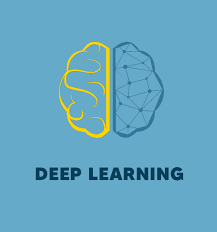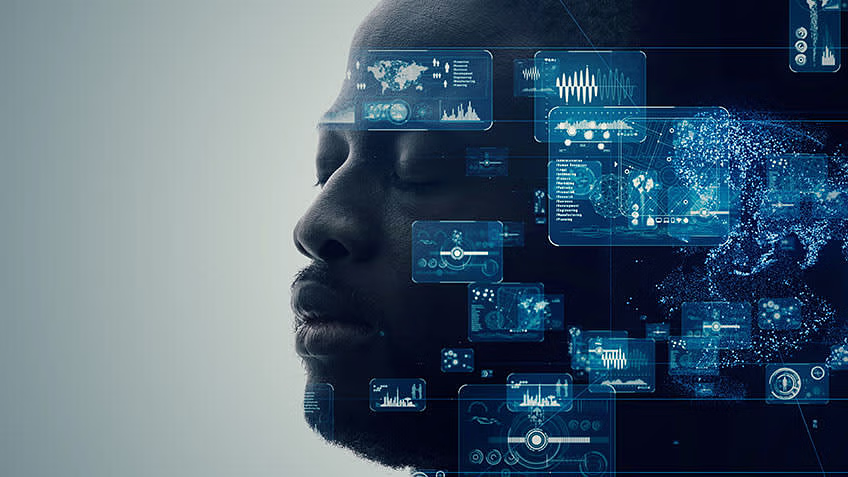1: Introduction
1.1 Overview of AI and Its Role in Robotics (Ref: AI and Robotics in Medicine)
1.2 Key Components of Autonomous Robotic Systems
1.3 Benefits and Challenges of Integrating AI in Robotics
2: Robotic Perception Systems
2.1 AI Techniques for Sensor Data Processing and Fusion
2.2 Computer Vision for Robotics: Object Detection, Recognition, and Tracking
2.3 Implementing LIDAR and Camera Systems for Perception
3: Decision-Making and Planning
3.1 AI Algorithms for Path Planning and Navigation
3.2 Implementing Reinforcement Learning for Decision Making
3.3 Case Studies: AI-Driven Planning and Control Systems
4: Control Systems and Robotics
4.1 AI Approaches for Robotic Control and Actuation
4.2 Designing and Implementing Control Systems for Autonomous Robots
4.3 Advanced Control Techniques: PID, Adaptive, and Model Predictive Control
5: Autonomous Navigation and Localization
5.1 AI Techniques for Autonomous Navigation and Mapping
5.2 SLAM (Simultaneous Localization and Mapping) with AI
5.3 Implementing GPS and IMU-Based Localization Systems
6: Human-Robot Interaction
6.1 AI for Enhancing Human-Robot Interaction and Collaboration
6.2 Designing User Interfaces and Communication Protocols
6.3 Case Studies: Human-Robot Interaction in Various Applications
7: Hands-on Projects
7.1 Project 1: Building an Autonomous Navigation System
7.2 Project 2: Implementing Object Recognition and Manipulation
7.3 Project 3: Developing a Reinforcement Learning-Based Control System
8: Ethical and Safety Considerations
8.1 Addressing Ethical Issues in Autonomous Robotics
8.2 Ensuring Safety and Reliability in Robotic Systems
8.3 Navigating Regulatory and Compliance Challenges
9: Future Trends and Innovations
9.1 Emerging Trends
9.2 Innovations in Autonomous Systems and AI Technologies
9.3 Preparing for Future Developments in Robotics and AI
10: Conclusion and Further Resources
10.1 Recap of Key Concepts and Techniques
10.2 Resources for Continued Learning and Professional Development
10.3 Next Steps for Advancing Skills
The integration of AI in robotics is revolutionizing the way machines interact with their environment, enhancing capabilities in navigation, perception, and human-robot collaboration. As these technologies advance, ongoing education and ethical considerations will be crucial for shaping a responsible future in autonomous robotics.
Reference for Robotics
Reference for AI







Reviews
There are no reviews yet.